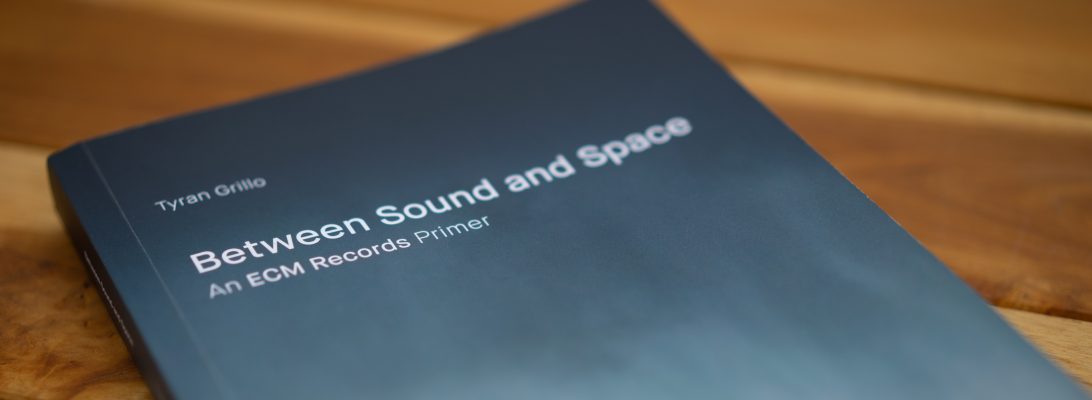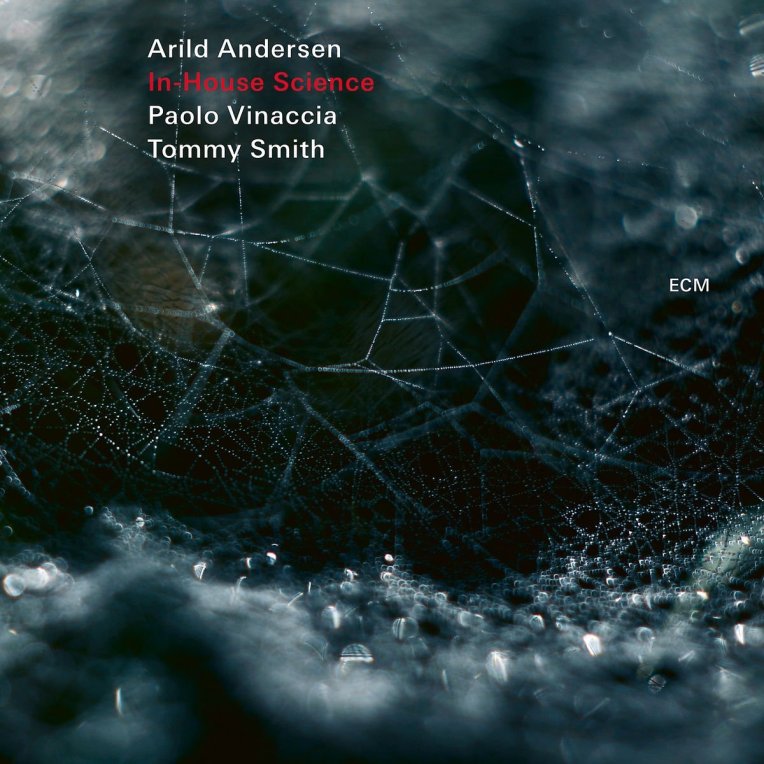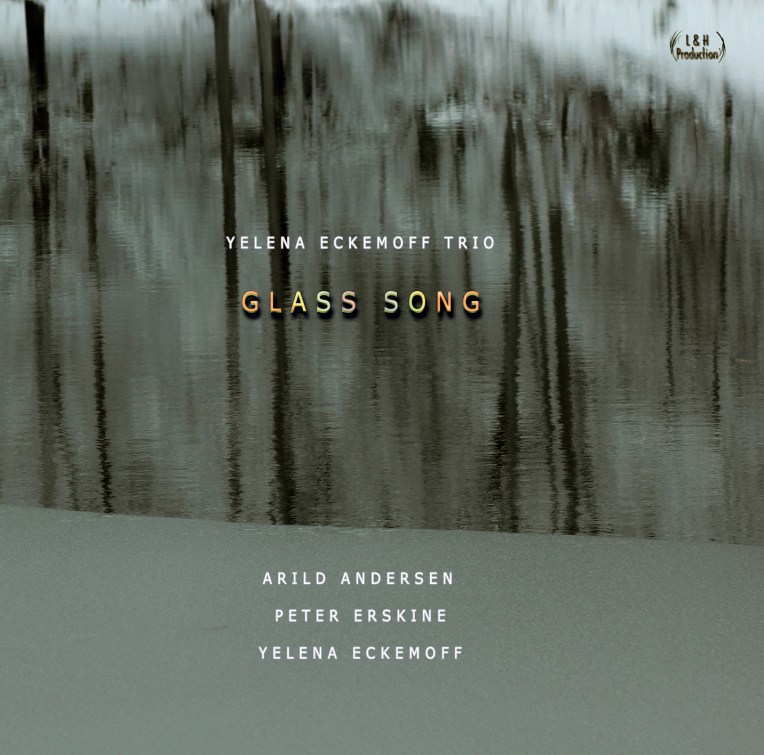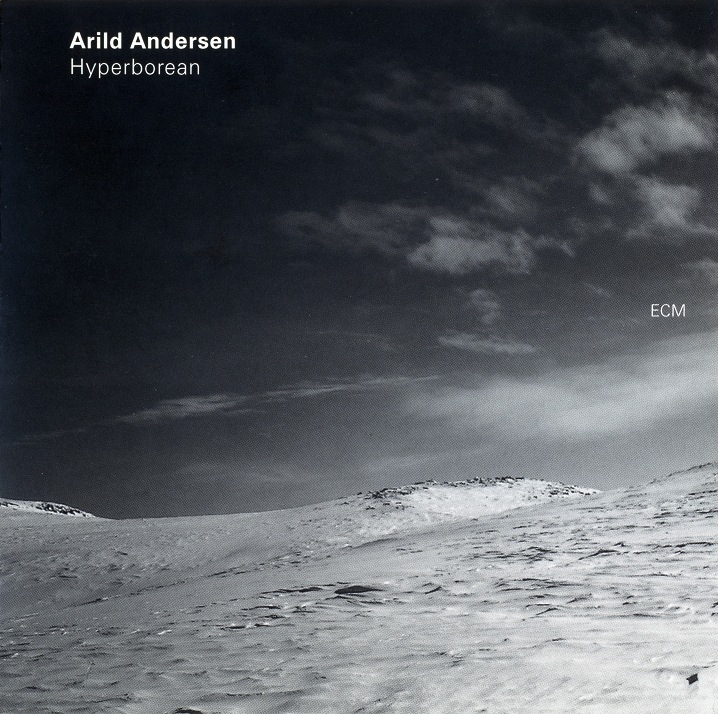
Arild Andersen
Selected Recordings
Release date: January 26, 2004
What can one say about Arild Andersen that hasn’t already been articulated by the bass that defines his significance in the world of jazz? Perhaps this worthily compiled foray answers that question better than any other album could. Not only because it offers the grandest possible conspectus of his recorded odyssey in a single disc, but also because like the most cohesive :rarum entries it emerges from the past with a new and futureward narrative.
The furthest back we travel is to his early quartet days, when “305 W 18 St” (a personal favorite from 1975’s Clouds In My Head) and “Sole” (Green Shading Into Blue, 1978) captured the young bassist at his most sunlit. This particular phase in his musical development is unique for its recasting of urban cool as something beyond careless glamor but rather as an openness to possibility. In combination with the nostalgic flute and tenor saxophone of Juhani Aaltonen, as well as the drums of Pal Thowsen, Andersen’s bass stands as a lightning rod of intuition.
If we were to continue chronologically, our next stop would be the two tracks courtesy of Andersen’s Masqualero outfit. In “Vanilje” (Bande À Part, 1986) and “Printer” (Aero, 1988), his dialoguing with drummer Jon Christensen and saxophonist Tore Brunborg balances ice and fire, respectively, without ever letting go beneath it all. A few clicks forward, and we end up in 1991’s Sagn. Two excursions from that proper leader date signal an evolutionary leap in Andersen’s sound, as he began weaving more drones and electronics into the tapestries at hand. It’s a dynamic most beautifully fleshed out on 1997’s Hyperborean, from which “The Island” finds its way here like a message-bearer of great importance, but not before shining through the prism of 1993’s If You Look Far Enough, a special onetime collaboration with guitarist Ralph Towner and percussionist Nana Vasconcelos. In the absence of a larger ensemble, his creativity blossoms with astonishing liveliness, treating the solo as a form of storytelling in “Svev” and, in duet with Towner’s classical guitar on “For All We Know,” flipping through the soul as a lyrical diary. (On that note, don’t miss this collection’s other duet with guitarist Bill Frisell, “Shorts,” from 1983’s In Line.) Beyond that open clasp we also find “She’s Gone” and “A Song I Used To Play” from 2000’s Achirana. In these profound triangulations with pianist Vassilis Tsabropoulos and drummer John Marshall, he sings as if loosed from a large improvisational egg, cracked over a pan of inspiration and cooked low and slow to omelet consistency. Yet this isn’t music to be eaten, but rather absorbed through the lungs as air inhaled for survival.










